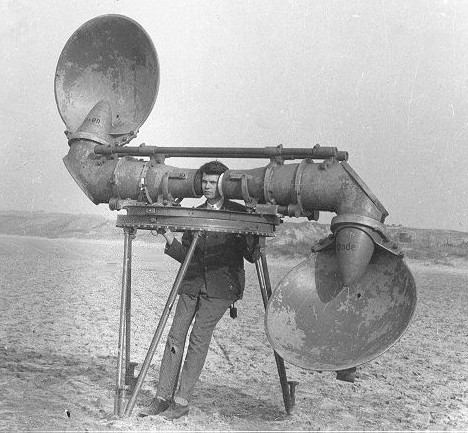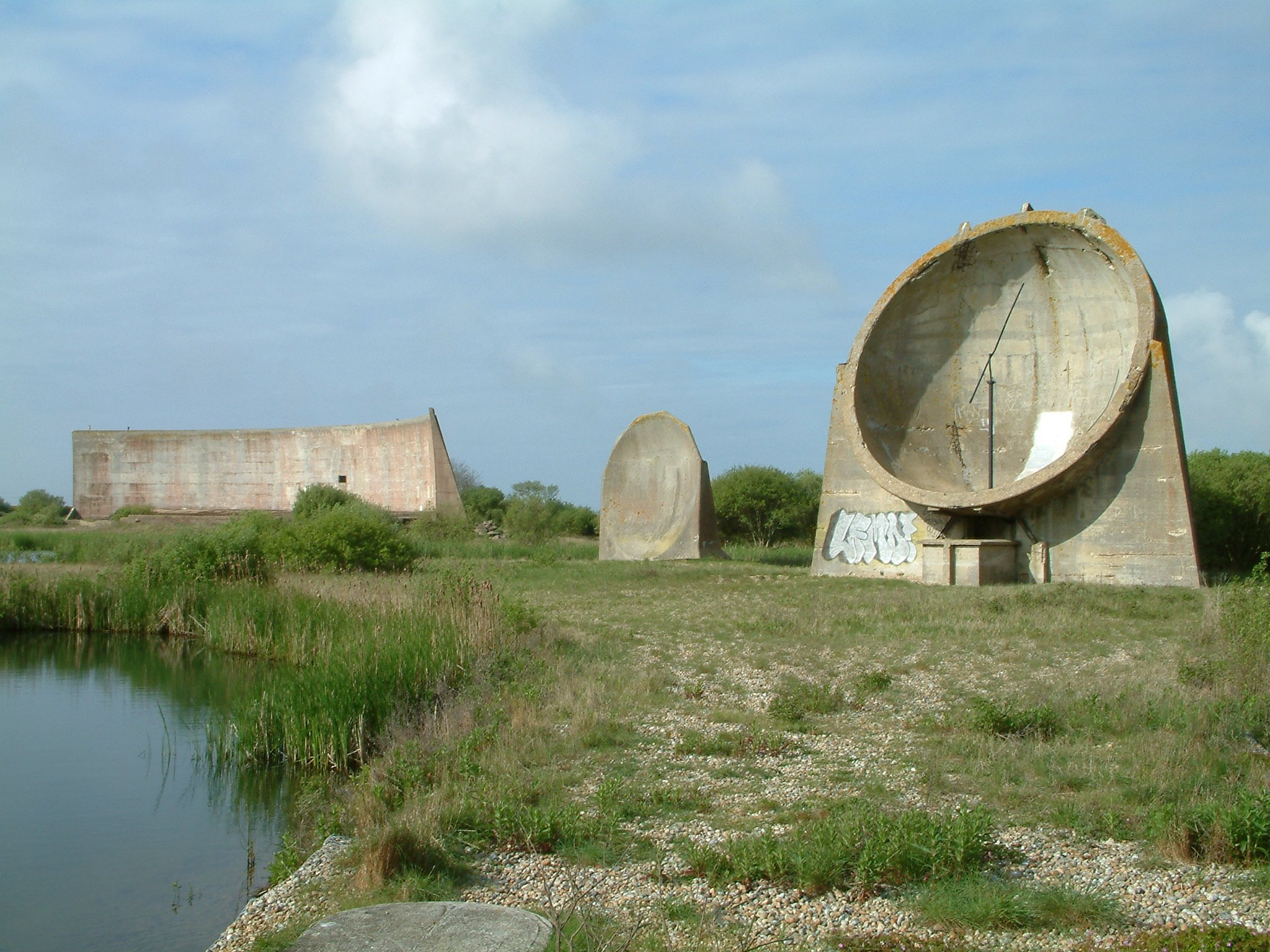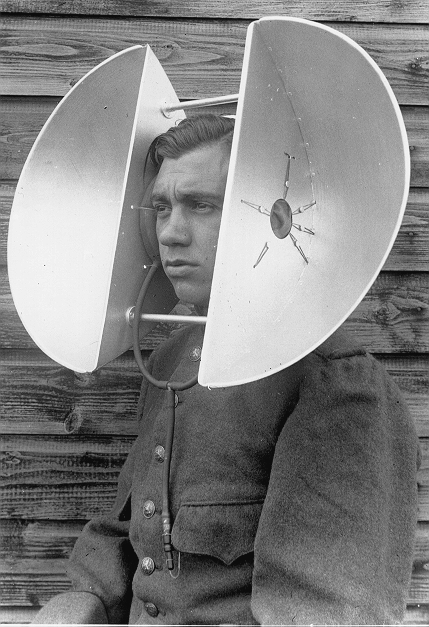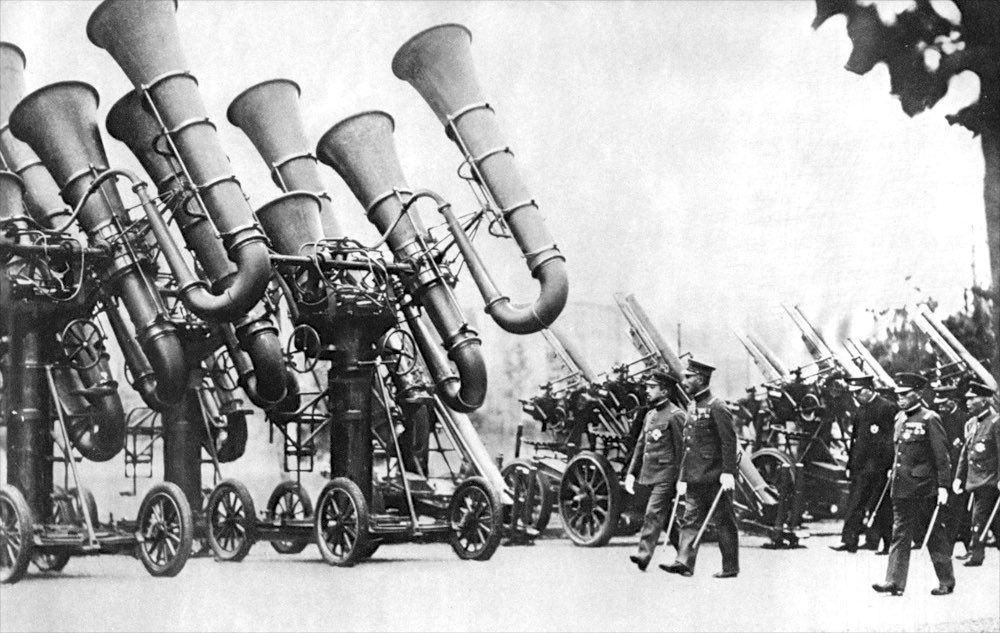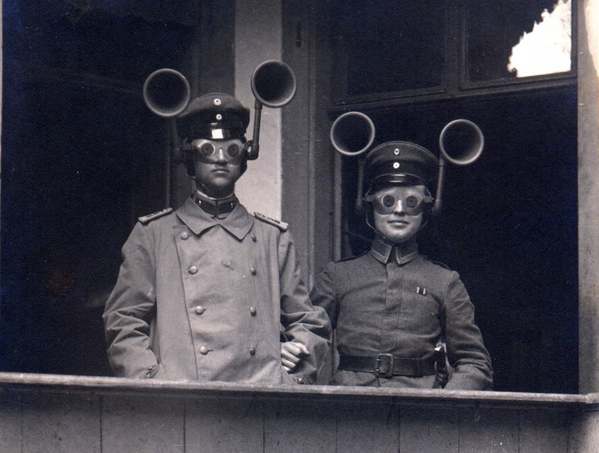Eavesdropping is hardly new technology. Throughout history, there have been countless cases of phone tapping and conversation wiring in order to get closer to confidential information. While professional eavesdropping might be a very underhand affair now, it was once a whole lot more bulky. These historical tapping devices were once all the rage and thanks to their technology, military forces were able to gain essential information all over the world. They might look outdated now but it is these machines that are responsible for the kinds of devices we use today.
- The Topophone
When the word “surveillance” comes to mind, you wouldn’t be wrong to conjure up an image of something sleek, discreet and expertly placed. When you lay your eyes on the topophone, then, you might be in for something of a surprise. Big, bulky and as heavy as you like, the topophone was once all the rage. A sound pinpointing device, the device was invented in 1879 and promised to offer the exact location of projected sounds. There’s more to the topophone too; in order to work, the instrument had to be used alongside a telescope. How’s that for underhand spying?
- Acoustic Mirrors
While today’s technology might be all about gaining insight through images, military technology was once primarily focused on capturing conversation, too. Sound trapping devices have been used across the ages, in a number of different forms. Take the acoustic mirror. A gargantuan, concrete construction, the acoustic mirror was designed to pick up sounds waves from the sky. Since its birth, however, the acoustic mirror has fallen into decline and thanks to the invention of the radar, the inventions now is all but useless.
- Parabolic Ears
How’s this for an underhand method? While the parabolic ear might require a little streamlining in the design field, it was all the rage during the 1930s. Using a parabolic reflector to collect and direct sounds onto a receiver, the ears had sensitivity to sounds in certain directions. During the early 20th century, the technology was largely used at air bases to pick up sounds from approaching traffic. Now, however, more intricate devices have been created.
- War Tubas
When is a listening device not a listening device? These tubas certainly do a good job of disguising their real use. Used by the Japanese Army in the 1930s, fleets of what appeared to be musical instruments were used to conceal acoustic locators that were hidden inside the bodies. Pointing towards the sky, the devices were used between WWI and WWII to detect incoming enemy fleets, notifying soldiers on the ground before it was too late. When radar was introduced towards the end of the war, however, they fell out of favor and soon became a device of the past.
- Sound Locators
At the height of World War One, sound detecting technology was at its most experimental stage. In German camps, sound devices came into contact with visual technology, helping soldiers to both detect and hone in on incoming aircraft. Sound was amplified by the wearable ears while attachable goggles helped soldiers to zero in on their target. While technology soon moved on, the devices were considered to be cutting edge at the time.


